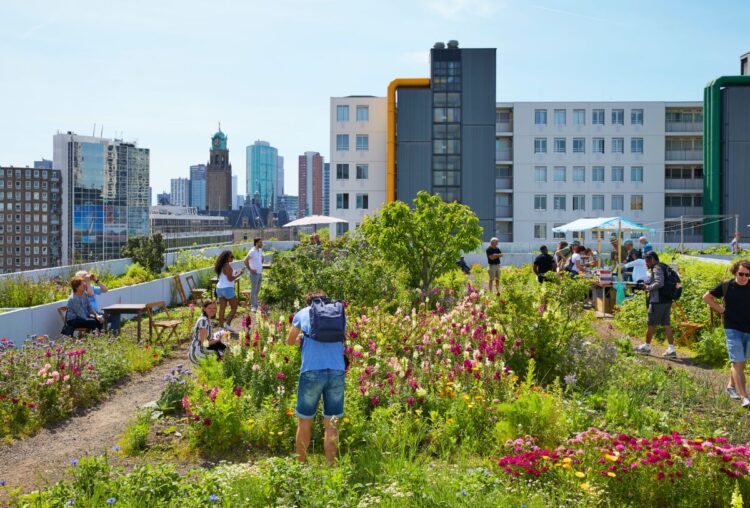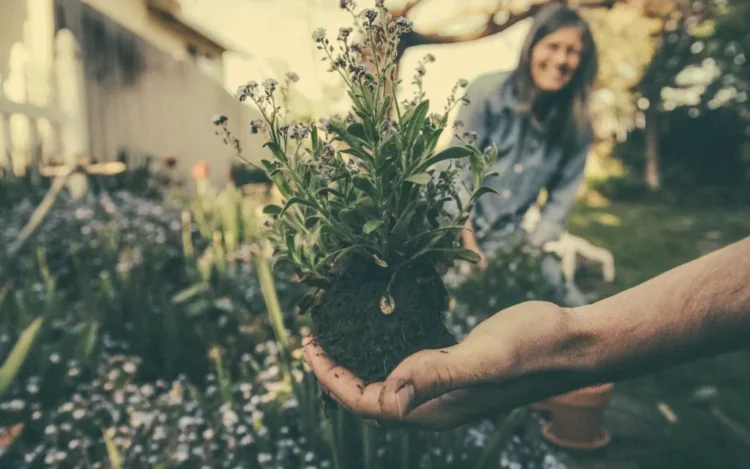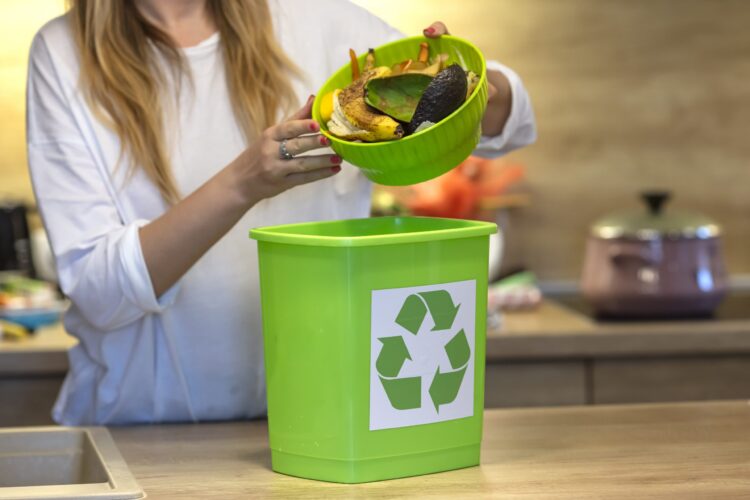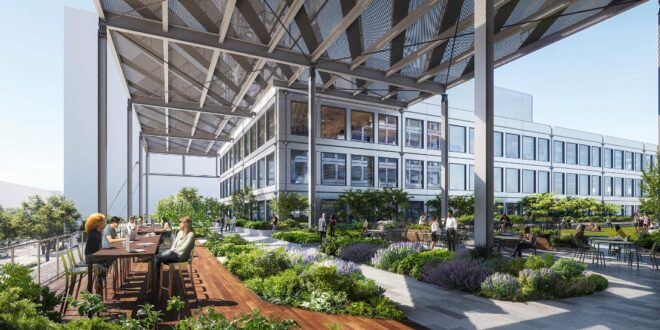“The first rule of sustainability is to align with natural forces, or at least, not try to defy them.” – Paul Hawken, Environmentalist
“Sustainable” and “environment-friendly” are the two buzzwords rocking the landscaping industry currently. To deal with climate change and the global shortage of resources, many are implementing sustainable landscaping practices that will cater to the interests of the people and the planet.
From design to the material used to the maintenance methods, sustainable practices use natural elements to cover the A-Z of landscaping.
5 Sustainable Landscaping Practices and Their Benefits

You may have the budget to go all out, but if proper analysis isn’t done of the site, all effort may turn back on you. Designers and architects of today are stressing the importance of saving natural resources and suggesting ways to build something without affecting its foundations. Here are a few practices that you can undertake starting from your next landscape project:
1. Conserve water
The most important benefit that you can enjoy with a sustainable landscape design is that you can save water as much as possible. Water is the most valuable resource, and conserving it must be the #1 priority. Some ways to do it are:
- Plant native plants that you are sure will thrive in the natural soil. This will drastically reduce the times you have to water them externally. This is possible as the plants are naturally used to the soil and climatic conditions. You won’t have to water the plants frequently, and that saves quite a few gallons.
- Balance the nutrients, composition, and organic matter in the soil so that it can retain moisture and minimize runoff. You can also use permeable material on the pathways so that rainwater and external water automatically soak immediately in the soil. Doing so will save you time, effort, and water.
2. Plant more indigenous plants

Sustainable landscaping sees the usage of native plants as they have their benefits and balance the ecosystem. Instead of bringing new entrants to the scene, it is best to let the ones who know the soil grow in it. The benefits of planting more local plants are:
- Native plants promote biodiversity and act as a catalyst in pollination.
- They have minimal maintenance needs. The usage of fertilizers, manures and pesticides becomes considerably lesser as they are capable enough to keep the soil and environment healthy.
- They adapt well to different climatic changes. They can withstand heavy rains and storms and also keep themselves replenished during a dry summer.
3. Use trees as natural shade and heating systems
You can make your commercial or residential site eco-friendly by growing more trees around it. During the summer, the same trees will provide shade, keep it breezy enough and reduce your dependence on air-conditioning systems. During winter, when the leaves wither away, the trees make way for sunshine to keep your home warm enough. On the financial aspect here, you will be able to bring down on air-conditioning and heater expenses.
4. More green waste and less maintenance

You will soon have natural fertilizers handy, which are made from dry leaves, flowers, and stems. This naturally-created compost protects the roots and soil, retains its moisture, keeps weed growth in check, and beautifies the entire area. Since you already have fertilizers keeping the area in good quality with the help of native plants, you won’t need special equipment as frequently now.
5. Protect wildlife
Urban development is doing more harm to wildlife than benefit humankind. Many species of birds and animals have been displaced from their natural surroundings. A sustainable landscaping practice where you grow native plants could also play its part in bringing back wildlife, at least some bird species before they disappear completely.
Sustainability Taking the Lead
We have easy access to materials, plants, and everything else we need to build a “green” landscape. Everyone knows a thing or two about these practices, but the question is – how many are actually practicing them? It’s not too late to accept that our lives and well-being depend on our natural environment. We must do everything we can to safeguard it.
 Hi Boox Popular Magazine 2024
Hi Boox Popular Magazine 2024



